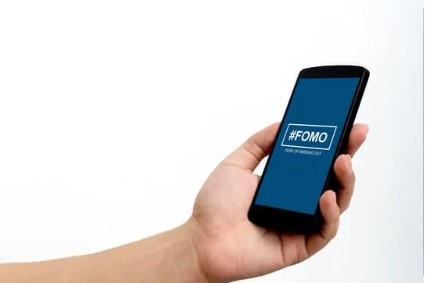
In our digital age, the fear of missing out, better known as FOMO, has become an integral part of our daily lives. Connected to our smartphones and social media, the constant stream of updates and experiences can amplify our anxiety about being left out. This pervasive fear not only affects our personal lives, but also seeps into our workplaces, impacting our productivity and well-being. In this blog post, we delve into the phenomenon of workplace FOMO, explore its consequences, and provide strategies to overcome it.
The Impact of FOMO on Productivity:
FOMO can be a significant productivity killer in the workplace. With the desire to be included and stay up-to-date on every project, meeting, or decision, employees may find themselves constantly distracted. The desire to constantly check emails, messages, and social media feeds diverts attention from critical tasks and reduces overall efficiency. This constant state of distraction, and a never-ending pursuit of staying connected, can lead to burnout and decreased productivity.
The Toll on Well-being:
In addition to hampering productivity, workplace FOMO also takes a toll on our mental and emotional well-being. The pressure to keep up with colleagues and industry trends can lead to feelings of inadequacy and self-doubt. FOMO also arises when employees fear missing out on crucial projects or being excluded from important decision-making processes. This constant comparison and fear of falling behind can create a toxic work environment that fosters anxiety and stress. This phenomenon is exacerbated for remote workers. Consequently, employees may experience decreased job satisfaction, increased absenteeism, and even mental health issues such as depression and anxiety.
Balancing Connectivity and Boundaries:
- Encourage flexibility: Encourage a flexible work environment that supports employees’ need for work-life integration. Remote employees may experience higher rates of FOMO due to the belief that they need to be available and responsive around the clock. Encourage a positive work culture where employees feel empowered to disconnect and recharge. Recognize and celebrate downtime and encourage employees to take breaks and utilize vacation time to recharge and unplug from work-related stressors.
- Reduce Digital Distractions: Establish technology boundaries by minimizing notifications and setting designated periods for checking emails and messages. Encourage colleagues to respect these boundaries to foster a distraction-free work environment.
- Practice Mindfulness: Encourage the practice of mindfulness at work. Mindfulness exercises, such as deep breathing or short meditation breaks, can help employees stay present and focused, reducing the need to constantly check external sources for validation and updates.
- Foster a Supportive Culture: Create a supportive and inclusive work culture by promoting open communication and collaboration. Encourage employees to share updates with the team, reducing the need for constant individual updates.
Conclusion
Workplace FOMO can have detrimental effects on both productivity and well-being. By understanding the underlying causes and implementing strategies to mitigate its influence, organizations can cultivate a healthier and more balanced work environment. Encouraging employees to prioritize tasks, establishing technology boundaries, promoting mindfulness, and embracing JOMO can help alleviate the negative impact of FOMO and foster higher levels of productivity, job satisfaction, and overall well-being.

